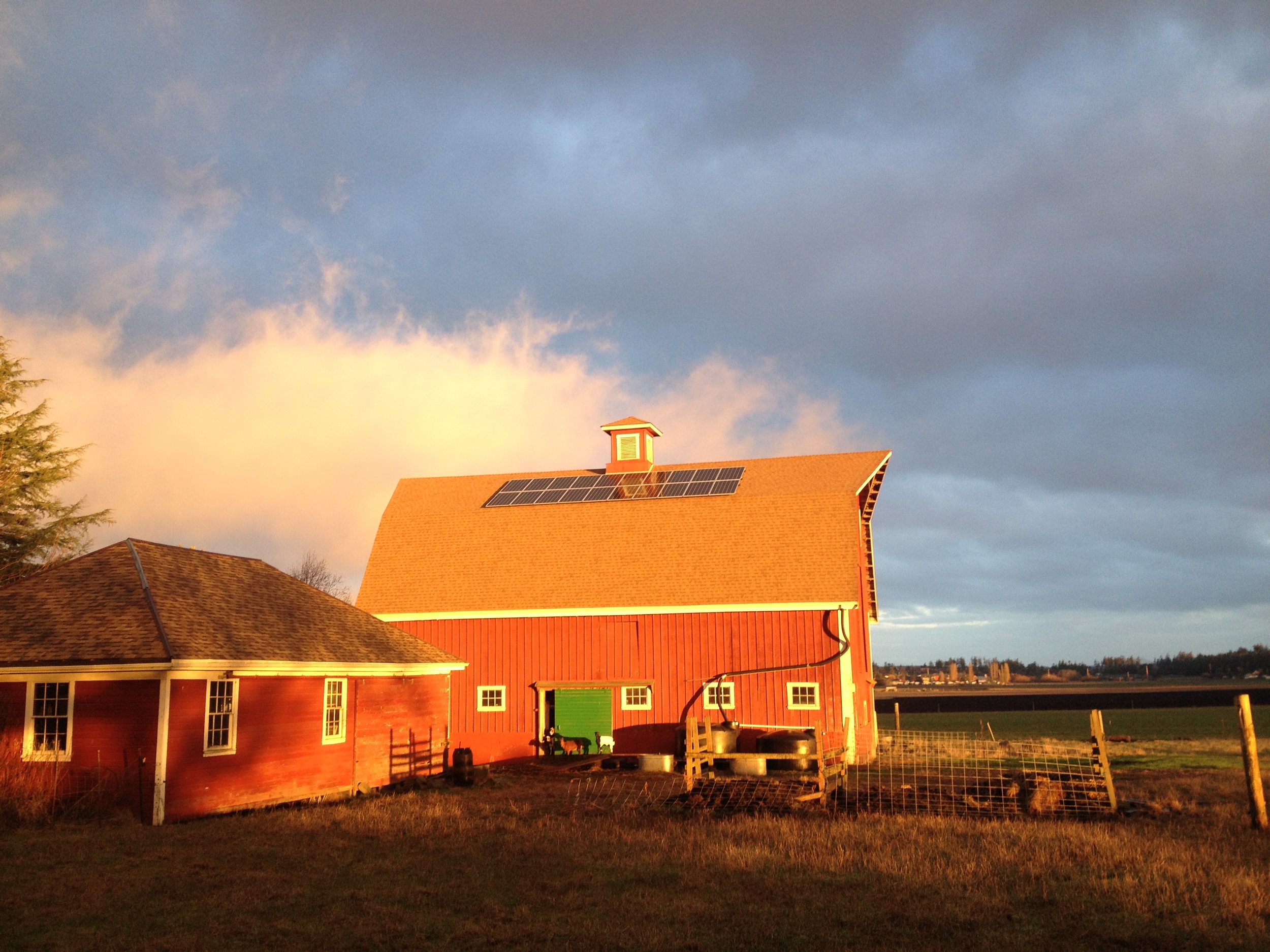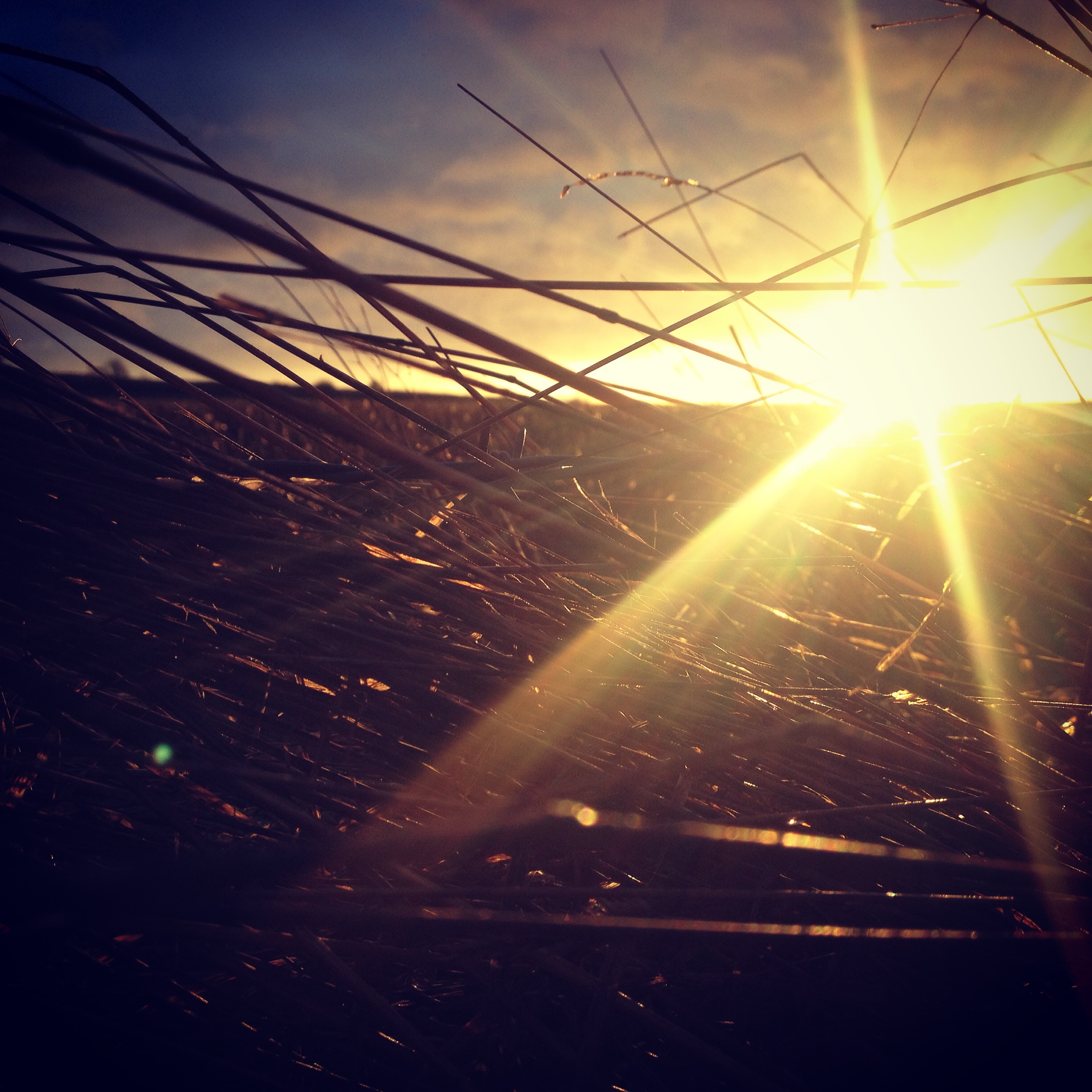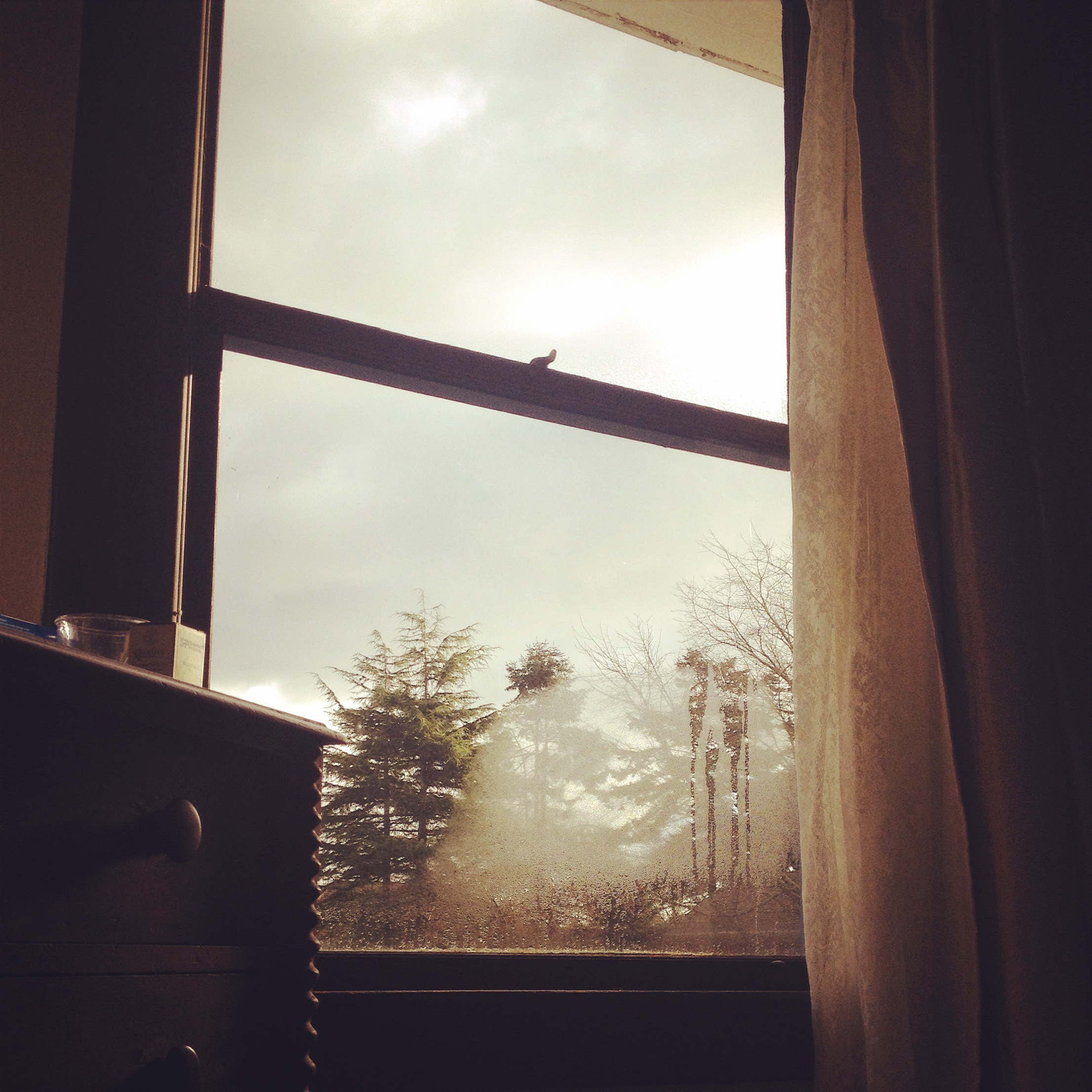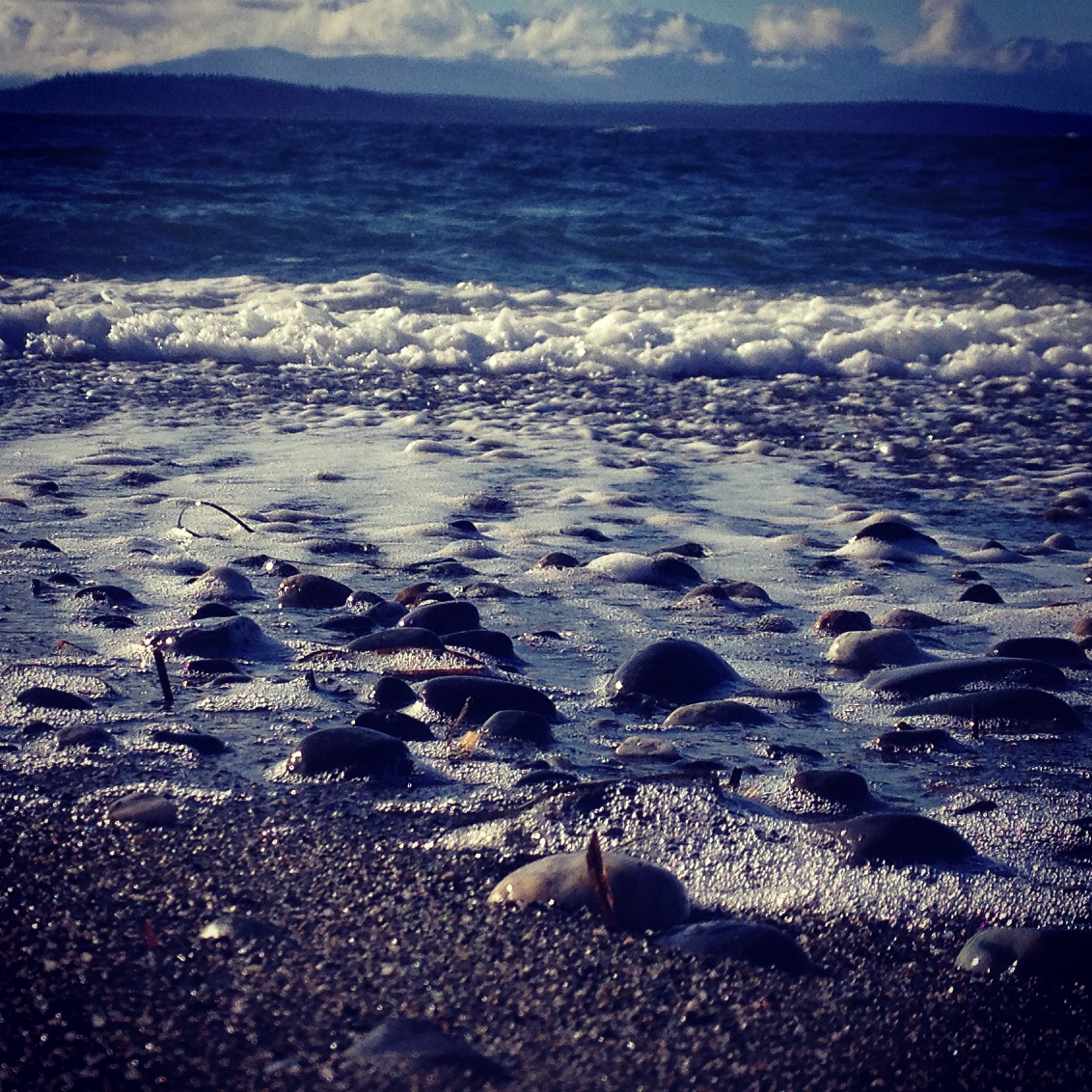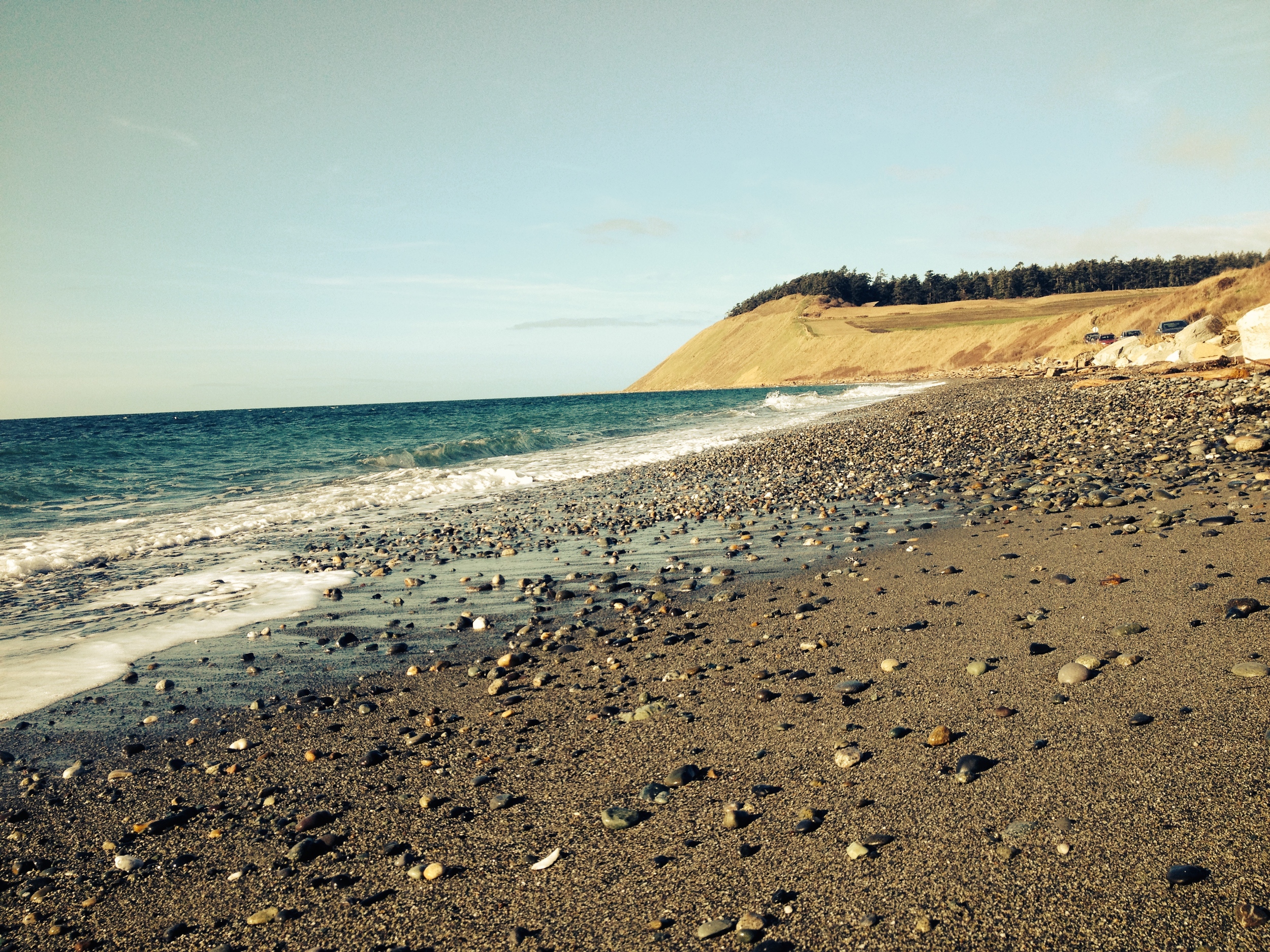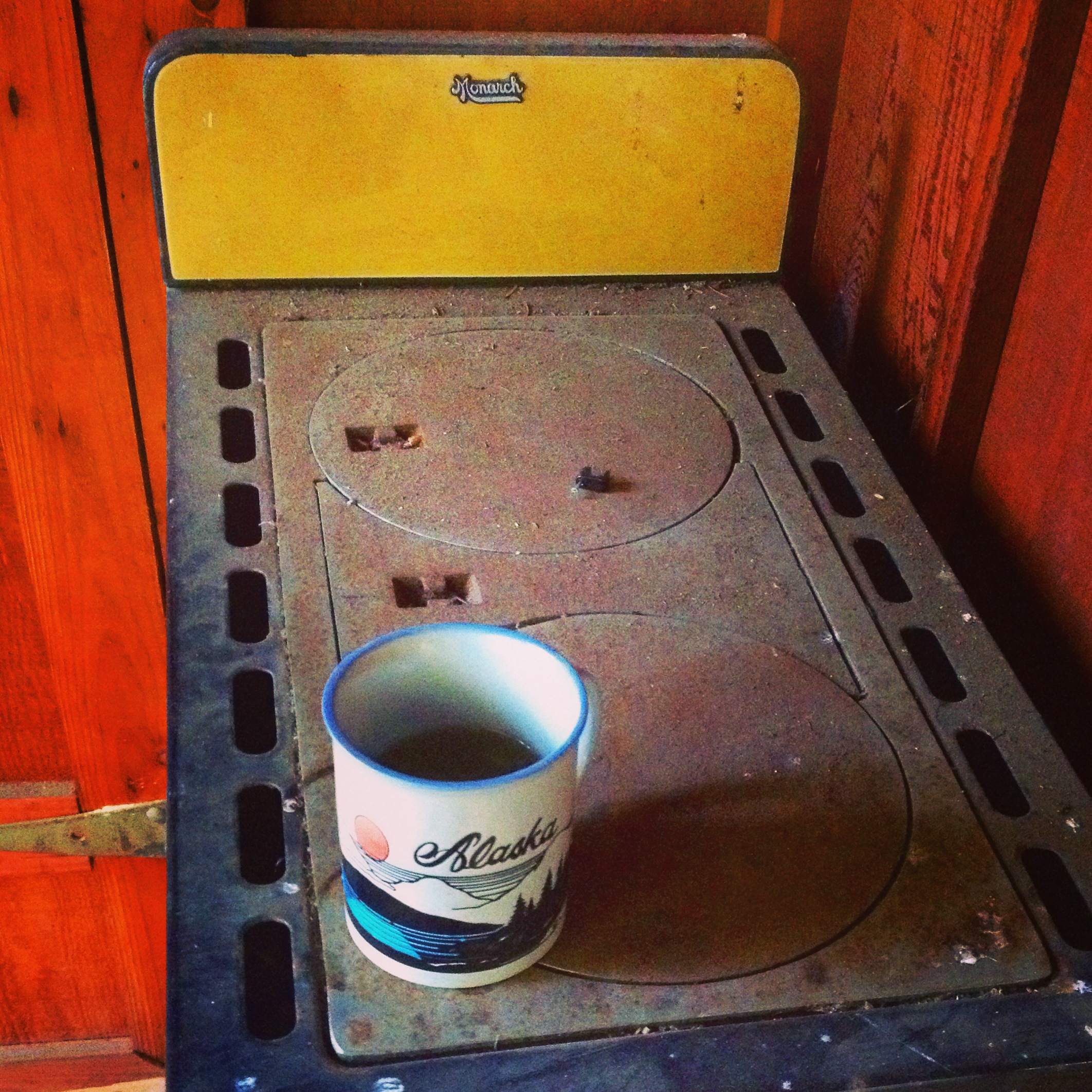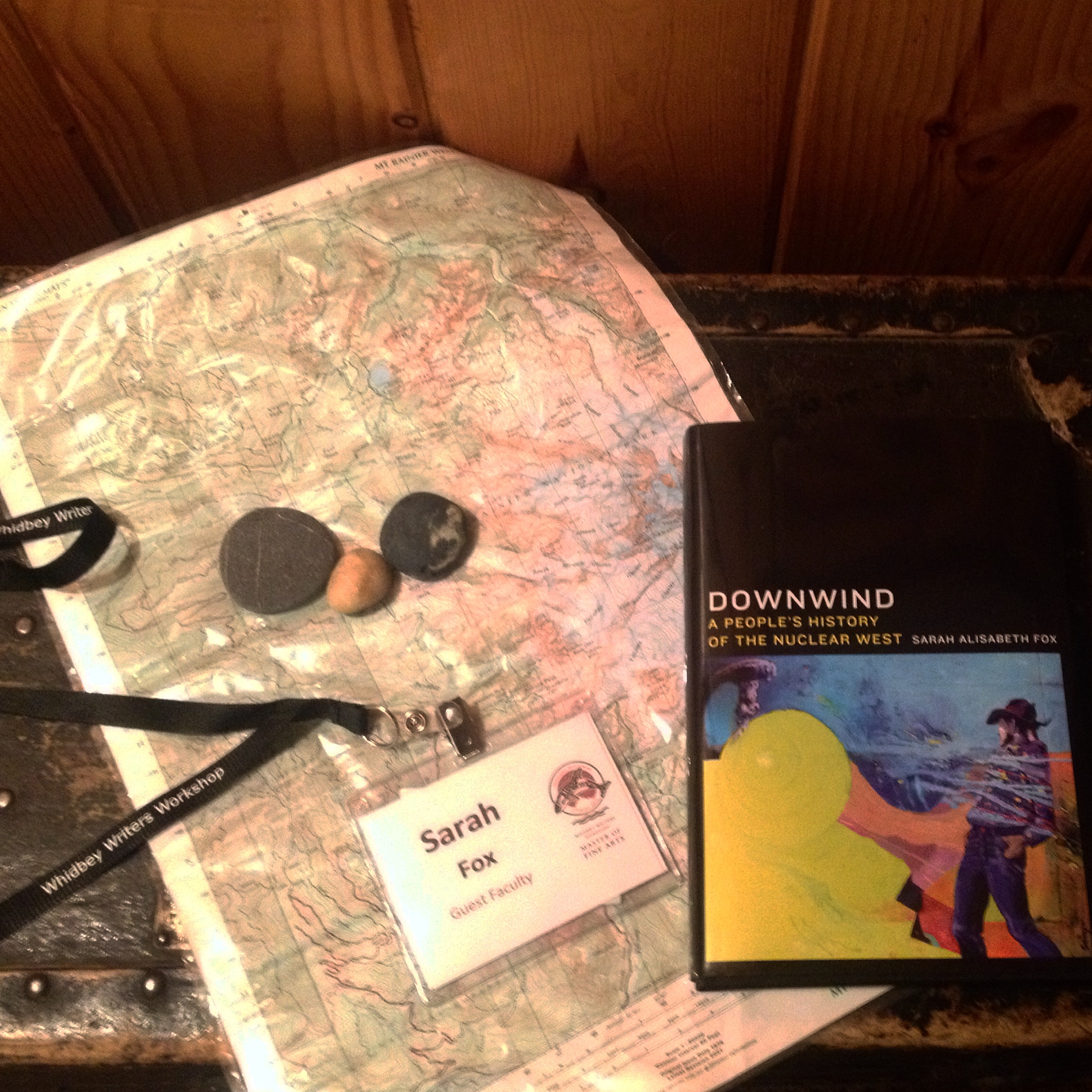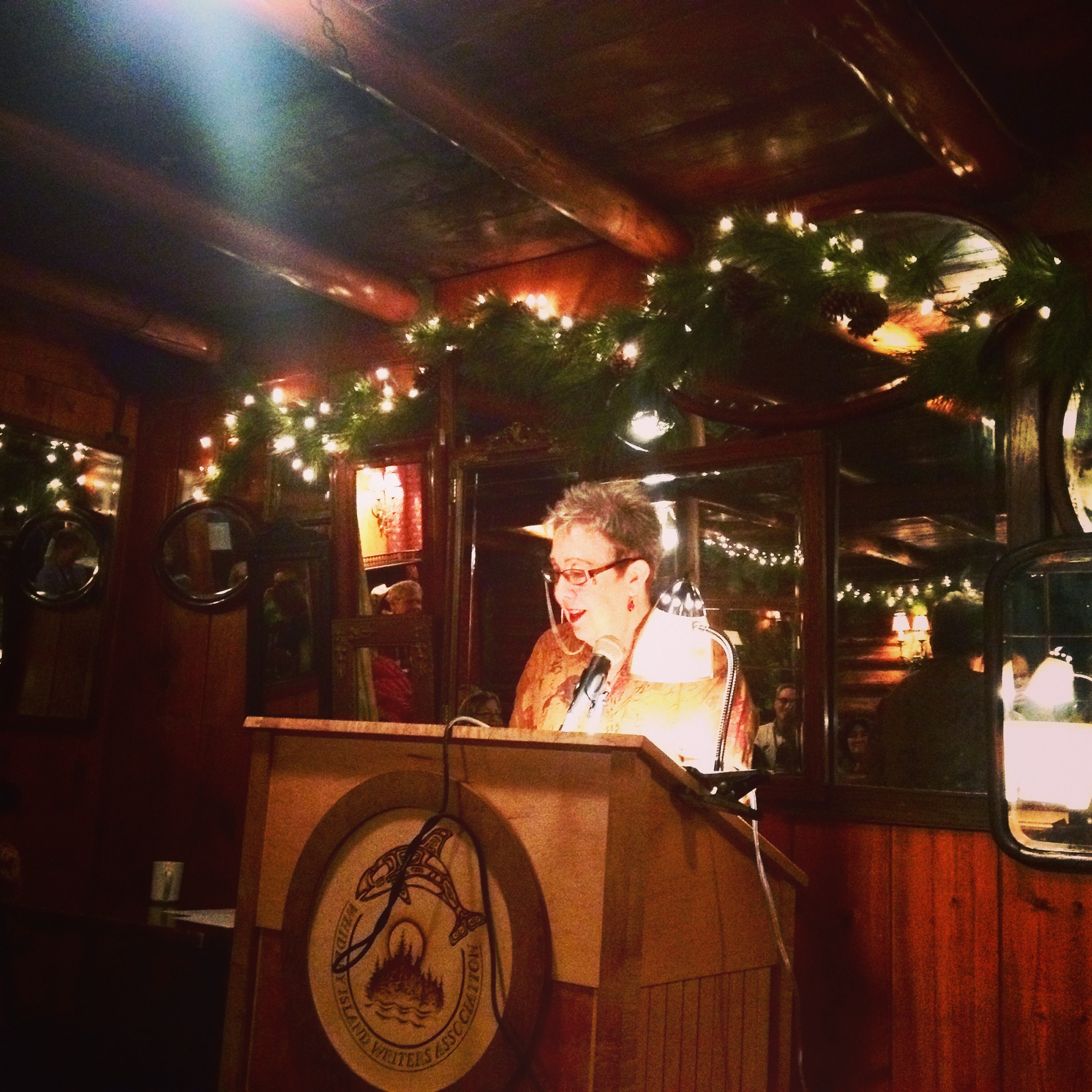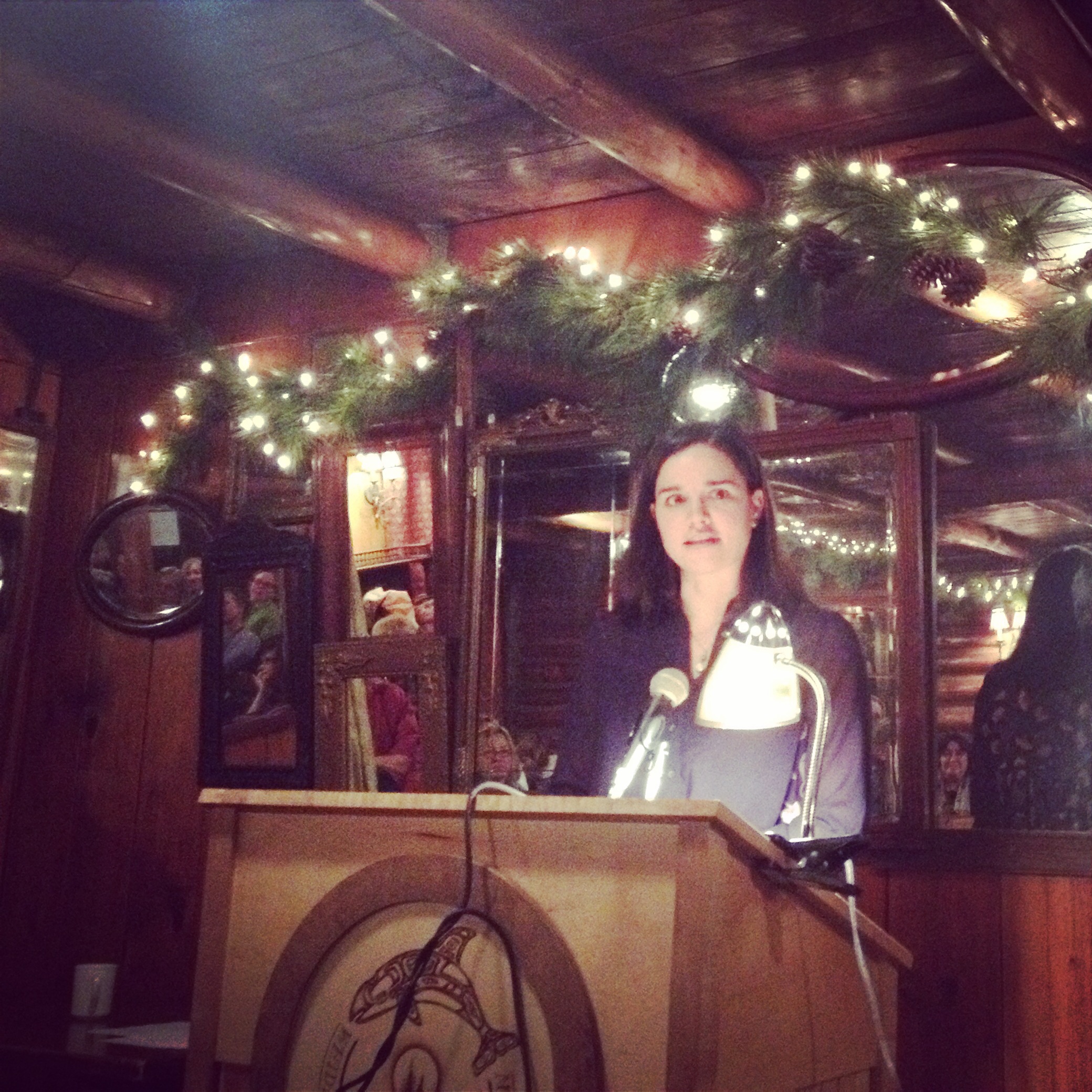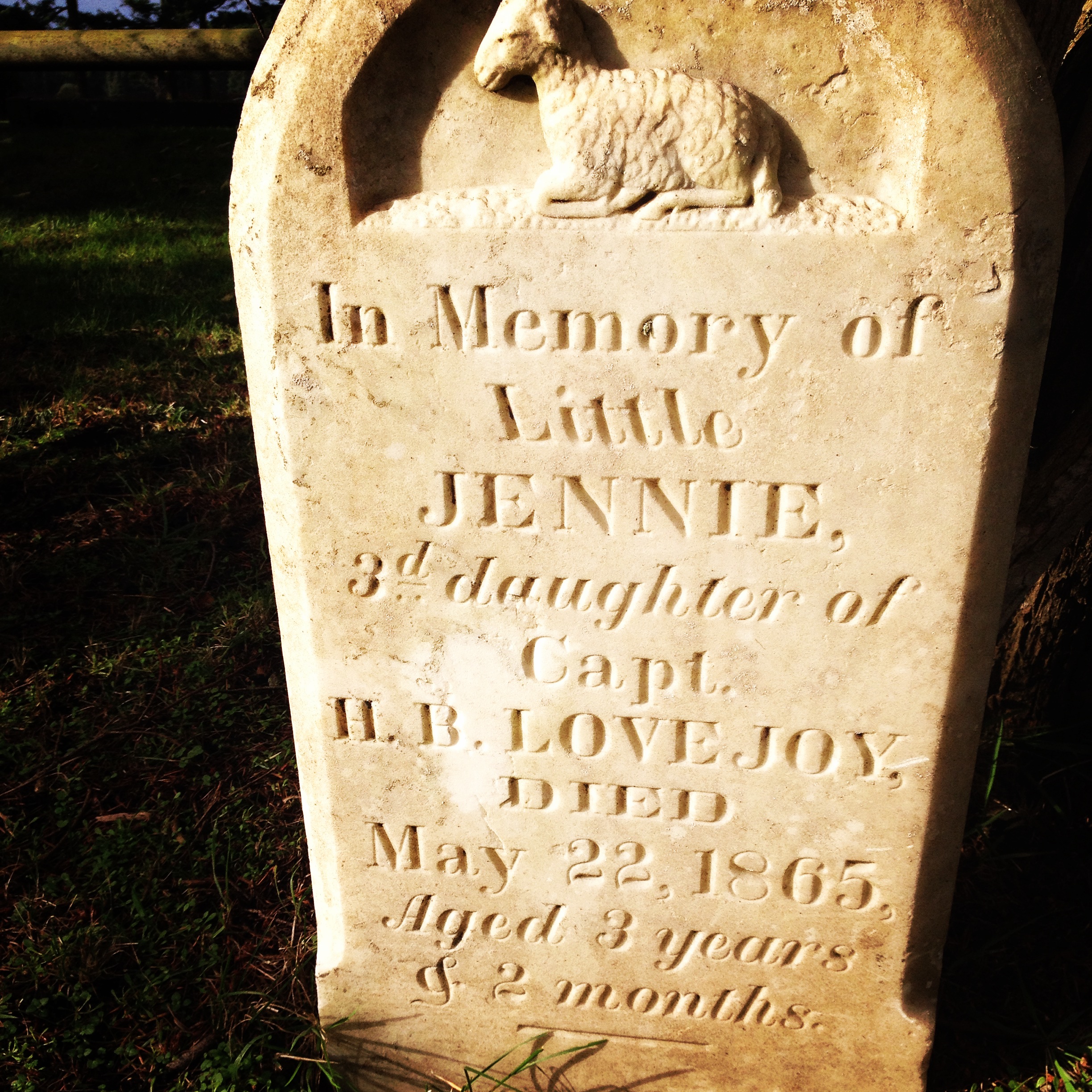Bellingham friends! In ten days I'll be heading north to one of my favorite places... Village Books. I grew up choosing titles there as a kid and a young adult, and I haunted the aisles when I lived in Bellingham in 2003, just before I headed off to grad school in Utah. I'm especially thrilled to be speaking there during Village Book's 35th Birthday week. (They're only 53 weeks older than me.) I can think of few independent bookstores I've loved or respected more. I look forward to seeing lots of familiar and beloved faces on Thursday, June 11, 7 pm!.
This week: Support the West Seattle Historical Society by purchasing Downwind and other titles!
This Friday, June 5, Downwind will be featured in the Words, Writers & West Seattle series at the Barnes & Noble in Westwood Village. From 5-7 pm, I'll be speaking about the journey of writing the book, answering questions, and signing copies. It's my neighborhood so I'm particularly thrilled to be a part of this series, and I'm looking forward to seeing fellow WS faces. The best part though?
"Any purchases made by those attending the talk that afternoon and for the next five days will result in a contribution of 10 percent of proceeds to the Southwest Seattle Historical Society under the Barnes & Noble Bookfair program."
Please come on down and support Downwind: A People's History and the wonderful SW Historical Society!
Speaking on Downwind at The Evergreen State College, 14 May 2015. Photo by Theresa Trebon
DOWNWIND at The Evergreen State College
This past week I had the incredible honor of returning to my alma mater, The Evergreen State College, where I completed a Bachelor of Arts back in 2001. I could not have researched or written Downwind without the training I received at Evergreen, an interdisciplinary college of the arts and sciences founded on inquiry and critical thinking. A concern for social and environmental justice underscores many of the programs at Evergreen, which blend research from various disciplines to consider a central question or theme. Four programs attended my talk: In Search of Lost Time, Where Are You: Introduction to Geography and Geographical Awareness, Counter Narratives: Songs and Stories Across Cultures, and Cultural Landscapes: Sustainable Communities, Environmental Justice and the Media.
Honestly, I was ready to re-enroll right there. Each of the programs sounded incredible and worthy and fascinating.
It was a thrill to discuss the power of interdisciplinary research for reckoning with pressing social and environmental problems with a group of scholars all deeply invested in doing similar work.
Thanks for having me back, Greeners....
and thank you to my longtime mentor and former professor Sam Schrager, who gave me a really lovely introduction, and who taught me so much of what I know. (Look for a quote from him in Downwind)...
Back to my Geoduck roots
Some of you in the Pacific Northwest may have seen this story about the Evergreen State College this week. It came as some overdue recognition and publicity for an incredible institution of learning, one many Washingtonians don't even know about. Tucked away in the woods outside of Olympia, TESC turns 44 this year, and its been doing incredible work for the duration. I'm a Greener from way back (class of 2001) and this week I am honored to return to my roots to speak about my book. Downwind is uniquely a product of the education I received at Evergreen. Social and environmental justice were cornerstones of my learning as an undergraduate, and the thoroughly interdisciplinary training I received at TESC launched me into graduate school (and my research into nuclear history) with an ample toolkit for research and analysis.
I will be speaking at Evergreen this Thursday, May 14 in the COM Building Recital Hall from 12:00pm to 1:00 pm.
DOWNWIND featured on Newberry Honor-winning author Kirby Larson's blog today!
I had the pleasure of reading with Kirby Larson while we were both serving as guest faculty for the Whidbey Writers MFA program this past January. She's an accomplished author, recipient of numerous awards for childrens' literature, and a really lovely human being besides. She invited me to share a bit about how Downwind came to be in a guest post on her blog's Friday Friends feature, which has hosted some splendid writers in the past. Check it out here.
The Stories Ordinary People Were Telling...
Is Your State on this Map?
Areas of the United States crossed by two or more clouds from atmospheric nuclear tests in Nevada between 1951 and 1962. Map created by researcher Richard Miller based on AEC records on radiation dispersal from weapons testing. Widely distributed by downwinder activists to demonstrate how the fallout from US tests blanketed most of the country during this era.
Areas of the United States crossed by two or more clouds from atmospheric nuclear tests in Nevada between 1951 and 1962. Map created by researcher Richard Miller based on AEC records on radiation dispersal from weapons testing. Widely distributed by downwinder activists.
Salt Lake Tribune, March 25, 1953. "The nine officers, crouched in five-foot foxholes, came through unhurt to claim the honor of being 1,000 yards closer than the last week's troops and newsmen."
Springtime in the Southwest, 1953
Iron County Record, March 19, 1953
Washington County News April 30, 1953, Iron County Record, May 7, 1953
The spring of 1953 was a busy time in the Southwest. Southern Utah ranchers were herding their sheep back across southern Nevada for lambing. Baby-boomer families were raising children in the small communities scattered across the region. Upwind, the Atomic Energy Commission was busy conducting its Upshot-Knothole atmospheric test series, which included eleven large-scale nuclear weapons. (For purposes of comparison, Hiroshima, Japan was bombed with a 15kt device- approximately 15,000 tons of dynamite. Several of the Upshot-Knothole tests topped 60kt). Enlisted men from every branch of the armed services participated in the tests in order to condition themselves for atomic warfare. Pigs were dressed up in military uniforms and caged in the blast zone, and AEC monitors gathered samples of radiation in wild animals, water, and agricultural products. Citizen concerns were dismissed by government representatives and assurances were repeatedly made that the tests posed no danger to human health in downwind communities.
The Upshot-Knothole series in spring of 1953 released multiple dangerous radioisotopes, many of which were not fully monitored at the time. Perhaps the most comprehensive data exists for Iodine-131, which swiftly entered the food chain via cows milk. The spring 1953 tests account for approximately 25% of the total I-131 exposure to American civilians over 50+ years of weapons testing. That exposure is conservatively estimated to have caused 28,000 cases of thyroid cancer.
Spring of 1953 figures prominently in the stories of downwind residents, many of whom witnessed the mushroom clouds on the horizons from their playgrounds and remember the catastrophic livestock die-offs and miscarriages that followed in subsequent months.
Thanks to Theresa Trebon, who helped comb through hundreds of feet of microfilm to survey newspapers from the downwind region.
DOWNWIND public talk in Mt. Vernon, WA Monday, 27 April
Downwind author Sarah Fox will be in the Skagit Valley this coming Monday, April 27 for a public talk at Skagit Valley College. The event will be held in the Multipurpose Room of the Knutzen Cardinal Center at 12:30 pm.
Turning over the Soil
When my husband and I bought our home in south Seattle's White Center neighborhood four years ago, I was six months pregnant with our son. My husband built raised bed garden boxes in the front yard, and we immediately started growing our own food. Fast forward two years: we wanted to transform even more of our 1/3 acre from lawn into into growing space. Before we broke ground though, I wanted to research something I'd heard about while I was pregnant:
The Asarco Plume.
For a full century, the Asarco Company smelted copper at their plant in Tacoma, about 30 miles south of where my family lives now. It dispersed a cloud of contamination bearing lead, arsenic, and other heavy metals across the south Puget Sound region, contamination that persists in soil around the area.
Our neighborhood appeared to have experienced mild to moderate contamination, but just to be safe, I dug up soil samples and sent them to the University of Massachusetts soil testing lab. There were negligible amounts of heavy metals, so we went ahead with cultivating food in our soil. Lots of other folks in our region aren't so lucky. This is a problem that has played out in communities downwind of industrial sites across the United States. Mines, nuclear facilities, factories, processing plants, factory farms, and other facilities of business all create plumes of contamination, not to mention the risks to environments and populations downwind if an accident occurs at those sites, or on the roads to and from those sites, along which toxic waste and chemicals may be transported. Turn over the soil in your community: find out what industries have operated there historically, and the risks posed by current industries! This MomsRising blog post on vulnerability zones is a good place to start. Knowledge is power! If your soil is contaminated, build raise beds and bring in safe soil before you grow food. Raise your voice in your community to make sure your family, your food, and your water are being protected from the byproducts of industry.
Skagit Talks Radio Program on DOWNWIND now available to stream!
If you missed it when it went live on the radio, author Sarah Fox's recent discussion with writer Ann Bodle Nash about Downwind: A People's History of the Nuclear West is now available to stream online. #citizennarratives #folktales #nuclearweapons #peopleshistory #researchstrategies #genderpolitics #history #Coldwar #nucleartesting #contamination #memory #cancer #activism #justice
DOWNWIND on Speak Up! Speak Out! Radio tomorrow evening!
Tune in to KSVR Radio's Speak Up! Speak Out! program tomorrow at 5 pm (91.7 fm in the Northwest, and streaming online at ksvr.org) to hear myself and the extraordinary Jodie Buller discuss Downwind.
To see more upcoming events, visit the calendar.
Downwind in front of the Mapes Farm, across the street from my parent's house.
On taking DOWNWIND to the Place I grew up
Last week I packed up my notes and a few copies of Downwind and drove an hour and a half north of Seattle in the wee hours of the morning. I was headed to the town where I grew up, to give a few radio interviews and speak to a local writers guild.
My parents still live in Sedro-Woolley, a small Pacific Northwest farming and logging town in the Skagit Valley, tucked against the Cascade foothills. Driving the backroads from their house to my first engagement, I reveled in the rippling furrows of freshly turned soil, the glassy and crooked Skagit River winding between the fields, the aging barns still standing.
I don't get back there as often these days. My life in Seattle is rich and busy and complex, a tangle of research, parenting, marriage, writing, editing, waitressing, home-owning, and community. Driving across the Skagit on the Francis Road a few miles from the community college where I studied over 15 years ago, I was struck by a realization:
The place I grew up, so distant from my current thinking, fundamentally informed my research and writing in Downwind.
From an early age, I was surrounded by the people and processes of agriculture and resource extraction. As kids we went to the dairy to get milk in glass bottles. My brother and I walked past tiny, dilapidated migrant worker shacks on our way home from the schoolbus. We picked raspberries every summer for spending money, uncomfortably aware that the families who labored alongside us were picking for rent and groceries rather than movie tickets. My sister and I shoveled manure for the chance to ride horses at the small ranch down the road. Our mother brought us inside from the yard when the pesticide sprayers arrived, and we watched the harvesting machinery from our kitchen table while we ate breakfast before school. Logging trucks rumbled down our highway, taking lumber out of the North Cascades, and our town hosted an annual "Loggerrodeo" to showcase the skills of its timber workers. Volunteers from our high school filled sandbags every winter to stem the floodwaters of the Skagit. Our parents still live in our childhood home across the street from the Mapes Farm, a family operation that has grown potatoes, carrots, and raspberries, among other crops, for decades. The rhythms and labors of agri-culture and resource extraction culture surrounded me as a young person.
When I found myself in the farming, ranching, and resource extraction communities of Utah, Arizona, New Mexico, Idaho, and Nevada, struggling to understand the impacts of nuclear testing and uranium mining, I drew on the language and the culture of my childhood to engage in conversations with the members of those communities. Familiar with the terminology and vernacular of the rural, I found common ground with my interviewees, becoming more deeply invested in their stories as a citizen and a scholar.
Despite my great love for the city in which I now reside, my roots will always stretch toward the rural. My concern for the people and places that produce our food and resources will always inform my work.
It was an honor and a pleasure to speak to:
The Skagit Valley Writers League, (thank you Sharon Anderson!)
Jodie Buller of Speak Up, Speak Out Radio (interview to air Tuesday, April 22 at 5 pm on 91.7/ksvr.org)
and Ann Bodle Nash of Skagit Talks Radio. (interview to air Tuesday, April 14 at 5 pm on 91.7/ksvr.org)
Citizen Engagement in Action
This past March I was honored to speak on a panel regarding "Unintended Consequences of Energy Production" at an Inspire Seattle citizens forum. It was invigorating to participate in a forum driven by citizen engagement in local and global issues. About 15 members of the group subsequently participated in a book club discussion of Downwind.
Co-panelists on the "Unintended Consequences of Energy Production" panel included:
Darrin Morgan, the director of Boeings Sustainable Biofuels Strategy, where he leads Boeing s Sustainable Aviation Fuels Program. He is a co-founder of the Sustainable Aviation Fuel Users Group, whose goal is to diversify aviation's fuel supply and reduce carbon emissions. Darrin has served as co-chairman of the world's first global algae-for-energy trade association and on the National Academies of Science Transportation Review Board Panel on alternative fuels integration.
W. Douglas Smith, an environmental scientist, environmental diplomat, explorer and educator. As a Senior Compliance Investigator in the U.S. EPA, he conducted inspections and investigations, developed protocols and training materials for EPA, the World Bank Institute, and the United Nations Environment Programme (UNEP). From 1962 through 1992 he was the owner/operator of an adventure travel company that began the concept of eco-trekking in the Himalayas and around the world. Check out his research on climate change here!
Michael Foster, M.Ed. has counseled individuals and families since 1995. Currently he offers Carbon Recovery Counseling to break addictive, abusive patterns of thinking and consumption on the long road to climate recovery. He is honored to serve on the Steering Committee for the International Transitional Resilience Coalition, a new organization of mental health and healthcare professionals whose mission is to prepare resilient communities for climate impacts already in the pipeline . He is an active speaker on climate topics for all audiences, including all schools and colleges. Mostly he volunteers by organizing children and teens who speak out for their future, Plant-for-the-Planet, Our Children s Trust, 350.org, and The Climate Reality Project. Check out his work here!
Guest Faculty Stint at Whidbey Writers MFA Winter Residency
This January I was honored to serve a weekend stint as a guest faculty for the Whidbey Writers Master in Fine Arts Winter Residency. I taught two workshops on my methodology as a researcher and a writer.
Rooting the Story:
We live in an era of growing disconnect. Even as technology and globalization have linked us together in myriad ways, they have also served to suspend us, distancing us from the terrains of place and history that shape us as writers and citizens. By employing strategies to root our storytelling in the physical place and cultural past that inform our stories, we increase the relevance, amplitude, and efficacy of our work.
Finding Fact in Folktales
Oral narratives are a vibrant and dynamic source of information for the citizen and the writer, documenting large swaths of human experience that tend to be discounted by the mainstream media and dominant historical record. While these personal histories can shed critical insight into problems, trends, politics, mindsets, and subcultures, they also tangle up elements of memory, media, and mythology. Untangling these narratives by contextualizing them with interdisciplinary research can lead the writer to a treasure trove of story, historical data, and environmental knowledge.
The opportunity allowed me to bask in the gorgeous surroundings of central Whidbey Island, surrounded by a community of incredible writers. Students in my workshops asked thoughtful and challenging questions. I visited Ana Maria Spagna's craft class, where for the first time I heard graduate students discussing Downwind. The final evening, I read from Downwind at the same podium as four world-class writers I respect tremendously: Kathleen Alcala, Kirby Larson, Tess Gallagher, and Elena Passarello, (snapshots of those last two ladies in slideshow above). Big thanks to writer Samantha Claire Updegrave, who first introduced me to Ana Maria, thereby facilitating my guest faculty stint!
"Every nuclear nation has first harmed its own people in the pursuit of its weaponry." -Arjun Makhikani, HINW14
DOWNWIND in Vienna
In December of 2014 I accompanied Utah downwinder Michelle Thomas to Vienna, Austria, where she was set to testify at the 3rd International Conference on the Humanitarian Impacts of Nuclear Weapons (#HINW14Vienna). There, she and I met and conversed with scientists, diplomats, doctors, nonprofit representatives, and activists from all over the world. While Downwind was not formally featured at the conference, I was able to share news of the book and my research with a great many conference attendees. HINW14Vienna demonstrated overwhelming international support for the abolition of nuclear weapons worldwide. Attending the conference fundamentally affected the way I view my work on this issue.
I set out to study the implications of nuclear technology on the local level, in the stories of some of the small towns and communities that were impacted by nuclear testing and the uranium industry in the American West, because it meant I could visit actual places and talk to actual people. The idea of studying the complex history of nuclear weaponry and technology on the international scale seemed to me both abstract and overwhelming. Vienna altered my entire paradigm, because the gathering of nations that took place in the Hofburg Palace was anything but abstract. It was a gathering of real people. People who made up their nations, people who all called their own local place home.
The overwhelming majority of conference delegates were there because they believed in their hearts that other people's places and other people's children mattered as much as theirs did.
Strong, unequivocal messages about the need for total disarmament from the Austrian government, Pope Francis, Ban Ki Moon, and the Red Cross helped set the tone for the conference, and the damning testimony of scientists, medical doctors, and emergency responders from around the world made it clear that nothing less than the future of human life on earth was in jeopardy.
The most remarkable part of the conference, the segment I heard discussed most often--- over coffees and on twitter and in the statements of the nations--- was the testimony of four powerful, ordinary women. Setsuko Thurlow, a survivor of the bombing of Hiroshima, Abacca Anjain Madison, a survivor of US nuclear tests in the Marshall Islands, Michelle Thomas, a survivor of US nuclear testing in Nevada, and Sue Coleman Haseldine, a survivor of British and French testing in Australia, all bore witness to the tragic unfolding of the nuclear world in their communities. Four women from four opposite parts of the globe, each sharing remarkably local and astonishingly similar tales of betrayal, contamination, and perseverance. Each argued eloquently, from the ground of her own experience and the context of her own place, for an end to nuclear weapons technology worldwide. Diplomats from dozens of nations picked up Setsuko Thurlow's eloquent plea: Let 2015, the 70th anniversary of the invention of nuclear weaponry, mark the moment humanity unites to say goodbye to nukes.
Read transcripts of many of the statements and reports presented at HINW14 Vienna here. Recordings of the entire conference proceedings are posted on youtube, where you can navigate between different portions of the conference. Visit the International Campaign Against Nuclear (ICAN) website to learn more about their role in the conference and the current state of the international nuclear disarmament campaign.
The marketing team.
I chose to publish Downwind with a university press, because I believe strongly in the importance of peer reviewed scholarship. The downside is there's not a lot of marketing that gets done, unless I'm the one doing it. Thank goodness I have some help from my family and friends. Callum is shown here (age 4) hanging posters for Downwind's first public event at Seattle's Elliott Bay Book Company. A link to the talk that night is available here.
Areas of the United States crossed by three or more clouds from atmospheric nuclear tests, 1951-1962. Map assembled by Richard Miller.
On grappling with difficult history
When I first waded into the downwinder stories as a graduate student, my cohort members teased me good-naturedly about the “depressing” subject matter I’d chosen for my thesis research. It was difficult material, certainly, but so many of the important pieces of the past are stained with sadness and loss. Interwoven with that pain and tragedy there is also resilience and resistance, and it is those traits that I am drawn to study.
Fast forward a decade: I’m waiting tables because it gives me time to write, and allows me to support my family without putting my son in daycare. Once a year, I cover my shifts for a week or two and head back to downwinder country to do more interviews. I meet new activists who inspire me with their efforts, and mourn the loss of old friends. The book has been moving slowly through the academic publishing process, passing through developmental editing, several rounds of peer review, copy editing, and page proofs. Finally, in the Autumn of 2014, preorders begin making their way out in the mail. One evening, while I’m filling a tray of drinks, one of my regulars walks up to the bar beaming, holding up a copy of my book. After I deliver the drinks, I stop by her table to sign her copy. I’m still holding the pen over the page when she says, “you know, it’s very sad. I was surprised by how sad it was.”
As food sizzles on the flattop nearby and pint glasses thump hollowly onto wooden tables, I briefly wonder if I should have warned her in advance. She bought the book to support a waitress she’s fond of. I wrote the book because I didn’t want the stories to die, because I wanted to undermine the notion of Cold or bloodless war.
“There is a lot of sadness in it,” I agree. “This is a hard history to learn. But it is also redemptive. If housewives and rural sheepherders in the 1950s could apprehend the truth of government propaganda and toxic pollution and stand up to the powerful agencies and industries responsible, then maybe we ordinary people of this decade can meet our crises with similar bravery. We don’t need to be trained activists, or lawyers, or scientists. We can start where we are, by telling stories about our experiences to the people we care about. That’s why these stories are powerful to me.”
She nodded. I could see tickets piling up in the window, and remembering I was there as a waitress, I handed the book over and cleared her dishes.
We are a society that shies away from sadness, and difficult history. Enamored of optimism, technology and our own promise as a young nation, we do not dwell much in the past. But there are heroes there, people like us, and their stories can help us to make our way forward. If it weren’t for the activism of the downwinders, nuclear explosions would have continued to rattle the earth of the American West into the present day. If not for the uranium activists, toxic tailings and radon daughters and unsafe labor practices would pervade even more of the West than they already do. These ordinary people brought about major media coverage, congressional hearings, compensation legislation, environmental studies, cleanup efforts, citizen advocacy groups, and test ban treaties.
All they ask is that you listen to their stories. If you are moved, act. Retell their stories. Tell your own. Donate to the good organizations that are continuing to push for research, legislation, and public discourse on these critical issues.
Healthy Environment Alliance of UTAH











